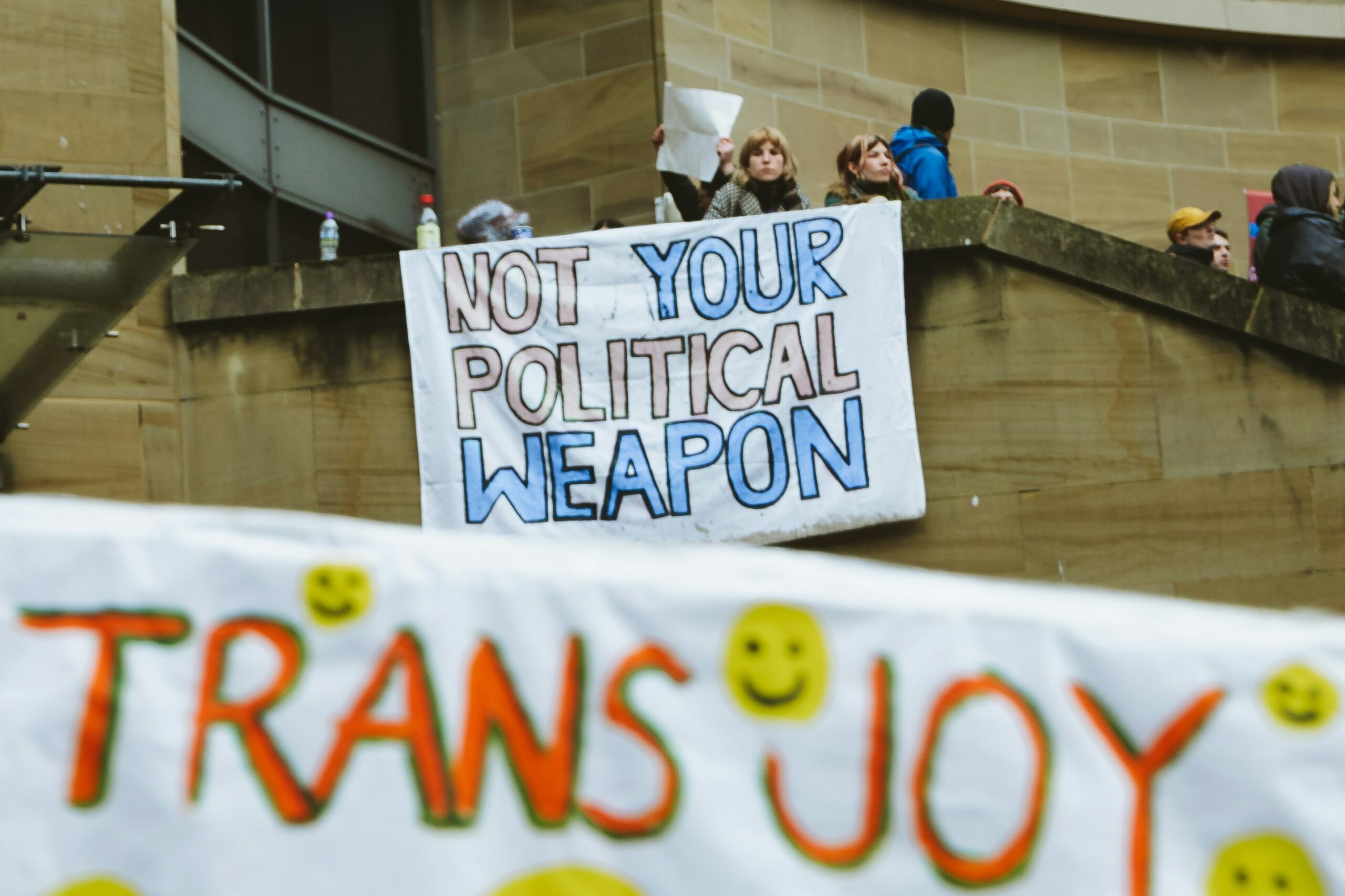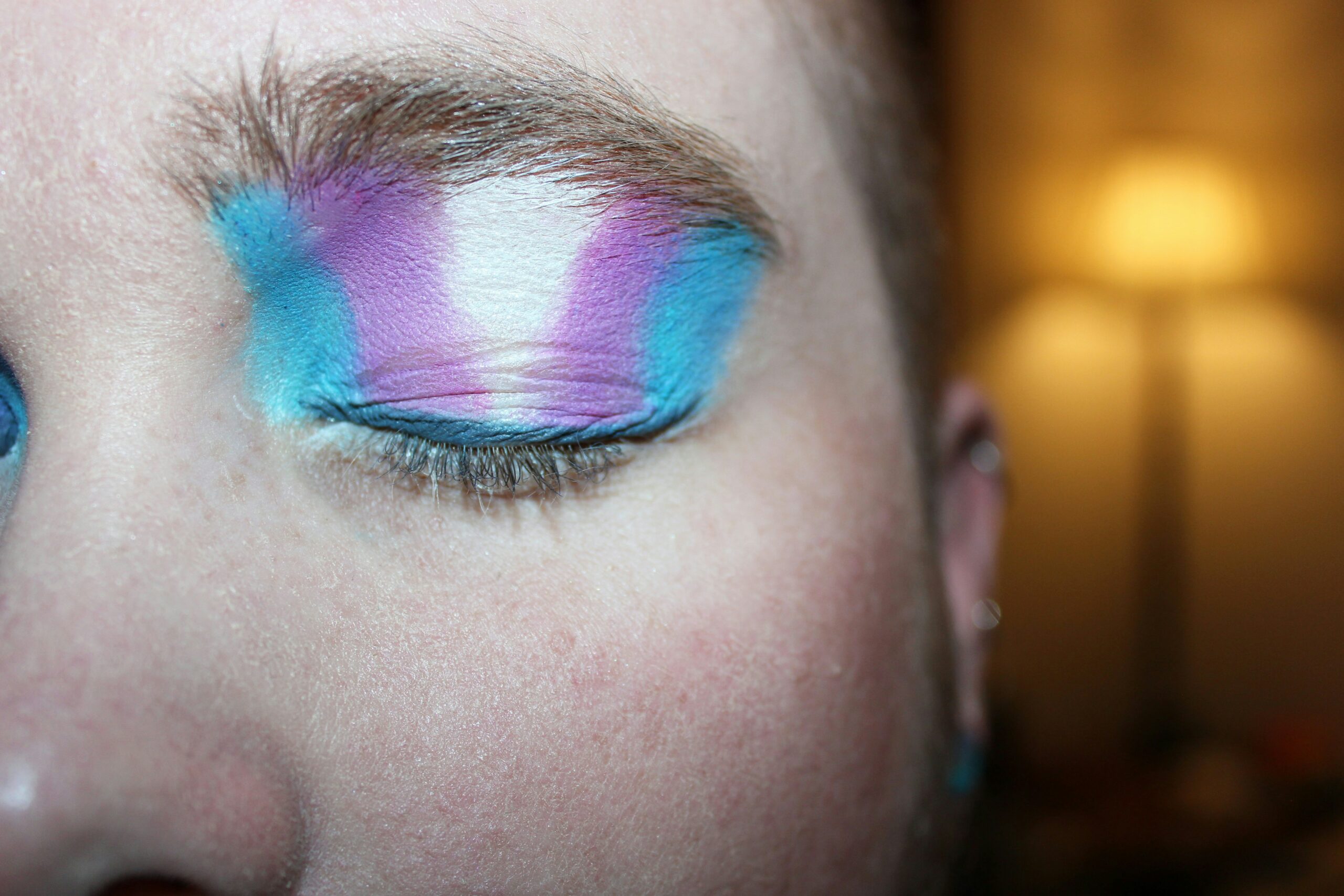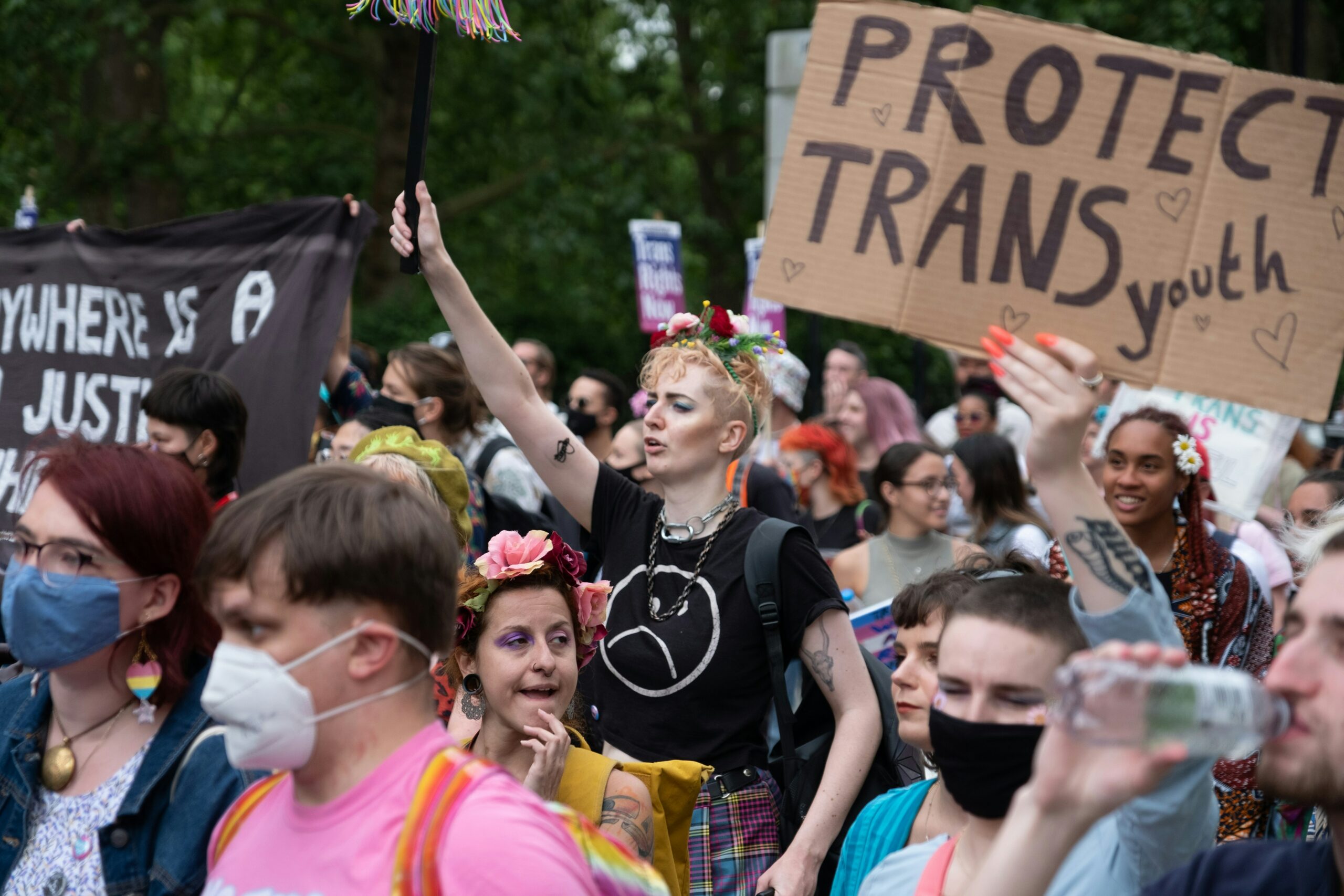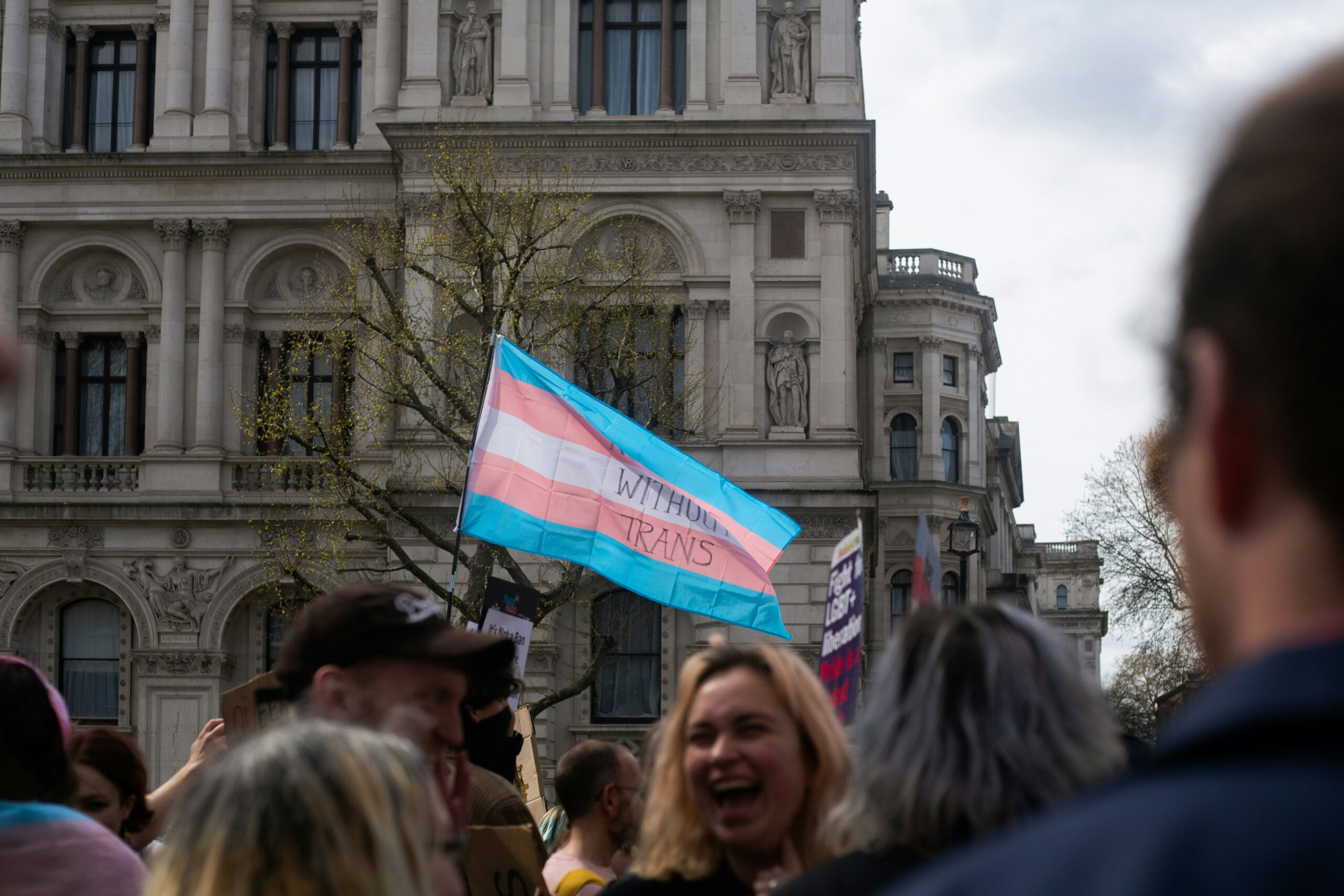The UK transgender community was left anxious, scared, but not altogether surprised after the UK Supreme Court ruled that the legal definition of a woman refers to biological sex. Women’s rights groups celebrate this as a return to common sense. Human rights and trans rights groups, however, warn that this could be the start of a downward spiral that will ultimately endanger the rights of all marginalised groups.
What does the ruling mean for transgender people in the UK? Does it really offer better protection for women? What warnings does it hold for the future?
The Ruling
On Wednesday the 16th of April 2025, the Supreme Court declared that, in the Equality Act of 2010, the words ‘women’ and ‘sex’ refer to biological women and biological sex. This means people who were born as women, with female on their birth certificate. This was the culmination of an appeal by the women’s rights group ‘For Women Scotland’ to clarify how the Equality Act of 2010 should be interpreted. The appeal was based on a debate about whether the protection the Equality Act offers to women should apply to both cisgender women and transgender women. The decision affected whether transgender women could claim discrimination based on being women. It also determined whether transgender individuals would be allowed into certain single-sex spaces, like public toilets, changing rooms and hospital wards.
Many women’s rights groups met the Supreme’s Court’s ruling with passionate celebration. In the transgender community, however, there was only anxiety, fear, and a rather telling lack of surprise. For many transgender individuals, this was just another blow in a long line of recent setbacks for their community. Indeed, many human rights groups around the world have echoed the reactions of transgender people, voicing concerns about the state of trans rights in the UK.
For Women Scotland and Women’s Rights
So, why did For Women Scotland want a clarification of the use of ‘women’ and ‘sex’ in the Equality Act? Why do they believe transgender women should be denied the protection it offers?
Well, For Women Scotland claim that there are only two sexes. They also argue that sex is not a choice and cannot be changed. For these reasons, they believe that the exclusion of transgender women from the protection offered by the Equality Act is simply common sense. They also advocate for women’s right to privacy, dignity, safety, and fairness. According to them, the use of the biological definition of a woman in the Equality Act was necessary to protect these values.
The Careful Statements of the Supreme Court
The Supreme Court, however, was quick to acknowledge the sensitivity of the case. It emphasised that the ruling only provided an interpretation of the words for the purpose of the Equality Act. It doesn’t prevent transgender people from also claiming discrimination. The ruling entails that transgender women cannot claim discrimination on the basis of being women. They can still, however, claim discrimination on the basis of being transgender. Thus, the Equality Act still offers some level of protection to transgender women.
This, however, did little to ease the disappointment, and indeed the fear, of the transgender community. There seems to be a general consensus in the community that the Supreme Court’s promises of protection were rather feeble compared to the damage that the decision will cause. Transgender Group Europe said that ‘the decision will empower institutional and societal violence under the guise of clarity. The court has effectively undone twenty years of struggles for equality protections for trans people based on a highly technical interpretative exercise.’

Benefits vs Drawbacks
The transgender community sees the Supreme Court Ruling as an interpretative exercise designed to dismantle their identities. For Women Scotland see the ruling as a pivotal moment for women’s rights in the UK. This disparity between reactions is reflected throughout the country, making it incredibly difficult to decide who is right. Is the ruling really that harmful to transgender people in the UK? Does it really benefit women? Are the benefits that it offers to women worth the damage that it inflicts upon the rights of transgender people?
Overall, the Supreme Court ruling doesn’t seem to offer a particularly significant number of benefits for women. Do we really care if transgender women can also claim misogynistic discrimination? Do we really care if a transgender woman uses a women’s public toilet? I think most women wouldn’t mind at all. After all, transgender women are simply trying to live their lives, and their use of a women’s toilet doesn’t affect the women around them. The people who are against transgender women using women’s spaces have often simply failed to understand the transgender community. This ruling seems to protect them from having to reevaluate their opinions regarding trans women, rather than protecting trans women.
It also seems to assume that trans women can’t be subject to misogyny. This is simply not true. Not everyone a trans woman meets will know that she is transgender. She may not have wanted to disclose the fact that she is transgender to her colleagues. This means that any gender-based workplace discrimination she faces is based simply on the fact that she is a woman. Why should the fact that she is transgender prevent a woman from fighting back against misogyny? Transgender women are subject to the same harmful attitudes and actions as cisgender women. Preventing them from fighting back not only puts trans women in danger but also significantly weakens our side in the battle against misogyny.

Who’s Pulling the Trousers Down?
Many people have also questioned how anyone could realistically put the ruling into practise, especially in the case of public toilets. Charlie Craggs joked, in an interview with ITV, ‘Who’s pulling the trousers down?’ But seriously, her point remains quite prevalent. After all, some people might mistake masculine women for being transgender or being men. How would we distinguish between transgender women and cisgender women other than by a crude violation of the privacy of both?
Suddenly, women must prove their ‘womanhood’ to be allowed into a women’s public toilet. Surely this is a step backwards for women’s rights rather than a step forward. It is a tightening of the rope around what is expected of a woman. It is a sharper categorisation of what a woman should look like, sound like, and act like. The ruling, therefore, provides an easy path to old-fashioned ideas about what it is to be a woman.
Dismay in the Trans Community
Imagine being a trans woman waking up to the headline ‘UK Supreme Court rules trans women aren’t women in a spectacular win for common sense’ . The news was bursting with headlines like these, headlines that told them their identities were nonsense. These words threatened everything they’d fought for. These words threatened everything they were. Some of these individuals would have spent years fighting against transphobia, both externally and internally. They would have spend years learning to love themselves in a world that seems designed only for hate. Imagine the pain, the confusion, and the fear they would have felt upon seeing those headlines. Ask yourself whether it seems like it was worth it.

The Threat to Trans Rights
Human rights groups around the world claim that the UK has delivered a major blow to its transgender citizens. Human Rights Watch even claims that the ruling threatens the rights of transgender people in the UK. They state that, firstly, it will lead to the exclusion of transgender individuals from single-sex spaces that align with their gender identity. In these situations, authorities will treat them as having the gender they were assigned at birth. Officials will ignore their gender identity regardless of whether they have a gender recognition certificate. They also argue that the exclusion of trans women from women-only spaces reinforces a division between transgender women and cisgender women, which could lead to harassment, psychological harm and violence.
In 2002, various abusive requirements for gender recognition were scrapped after it was ruled that there is serious interference with a person’s private life when a government fails to recognise their gender identity, resulting in a violation of that person’s human rights. Since then, many countries have made significant progress towards legal recognition of a person’s gender based on self-declaration. The recent Supreme Court ruling distances the UK from these progressive global trends. Despite the threat to human rights, the UK defines sex based on birth assignment rather than legal gender. It repeatedly fails to recognise the identities of its transgender citizens.
It is also important to note that the ruling has arrived in the context of the very toxic debate about trans rights in the UK. In this debate, trans people are often portrayed as a threat to the safety of others. Women’s rights groups who advocated for the biological definition in the Equality Act claim that trans women could be hypothetical predators. These groups claim that trans women should, therefore, be excluded from women-only spaces. In response, many trans people have expressed their disappointment at being treated as a hypothetical threat. Trans women are just trying to live their lives, they argue, and these hypotheticals are having real effects on the lives of real people.

Only the Beginning
‘As we see the erosion of trans rights, we often see the erosion of women’s rights, hand-in-hand.’
These are the words of Jasmine Angove, a trans woman living in Scotland amidst the turmoil, in an interview with STV. And she is absolutely right. People who are anti-trans are usually anti-abortion. They are more likely to be homophobic, racist and ableist. Overall, they are usually the type of people who maintain and spread opinions about marginalised groups that are incredibly harmful. The destruction of rights in the UK begins with trans rights, but it’ll soon move on to other groups. So, the celebrations of For Women Scotland may be premature: it’s trans rights now, but if we continue along this road, women’s rights are sure to follow. Overall, the ruling shows that the UK is taking steps backwards when it comes to equality and the prevention of discrimination. It has started ringing warning bells that should not go unheard.
According to Trans Actual, if the ruling has any purpose, it is an ‘ideological objection to the existence of trans people.’ If the ruling does have any benefits for women, these benefits are marginal. They do not warrant the consequences that the ruling has for transgender people in the UK. Transgender individuals already live incredibly difficult lives, and this ruling only serves to make their lives harder.
Maybe, instead of having marginalised groups fight one another for protection and equality, we should work together to create a world that is safe, fair and kind to everyone.
